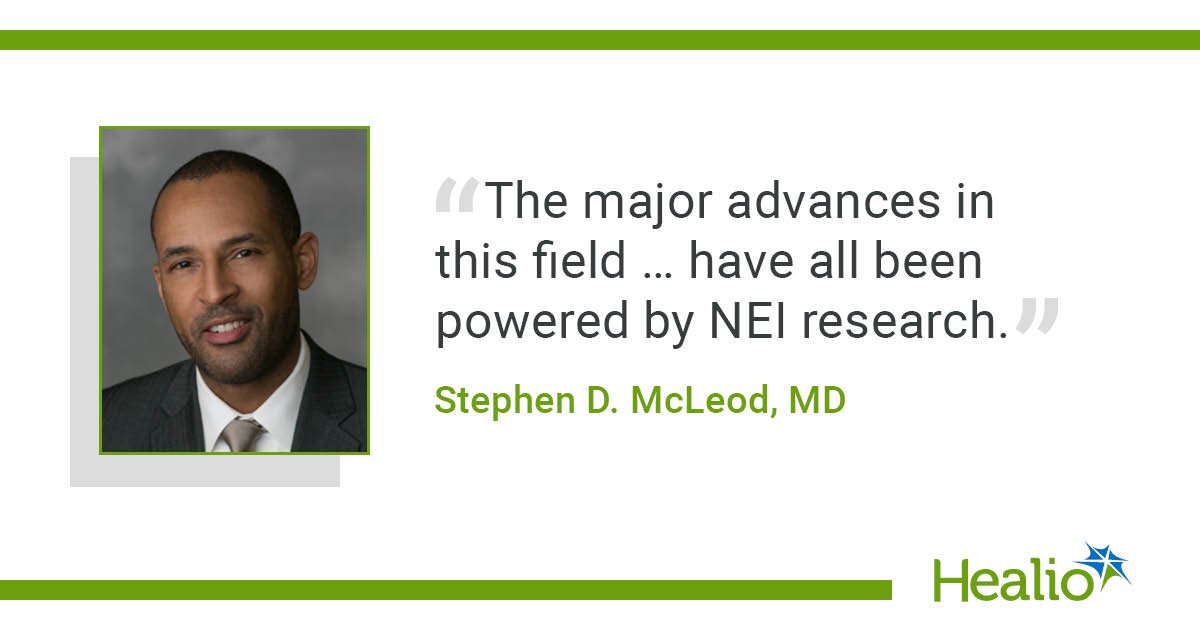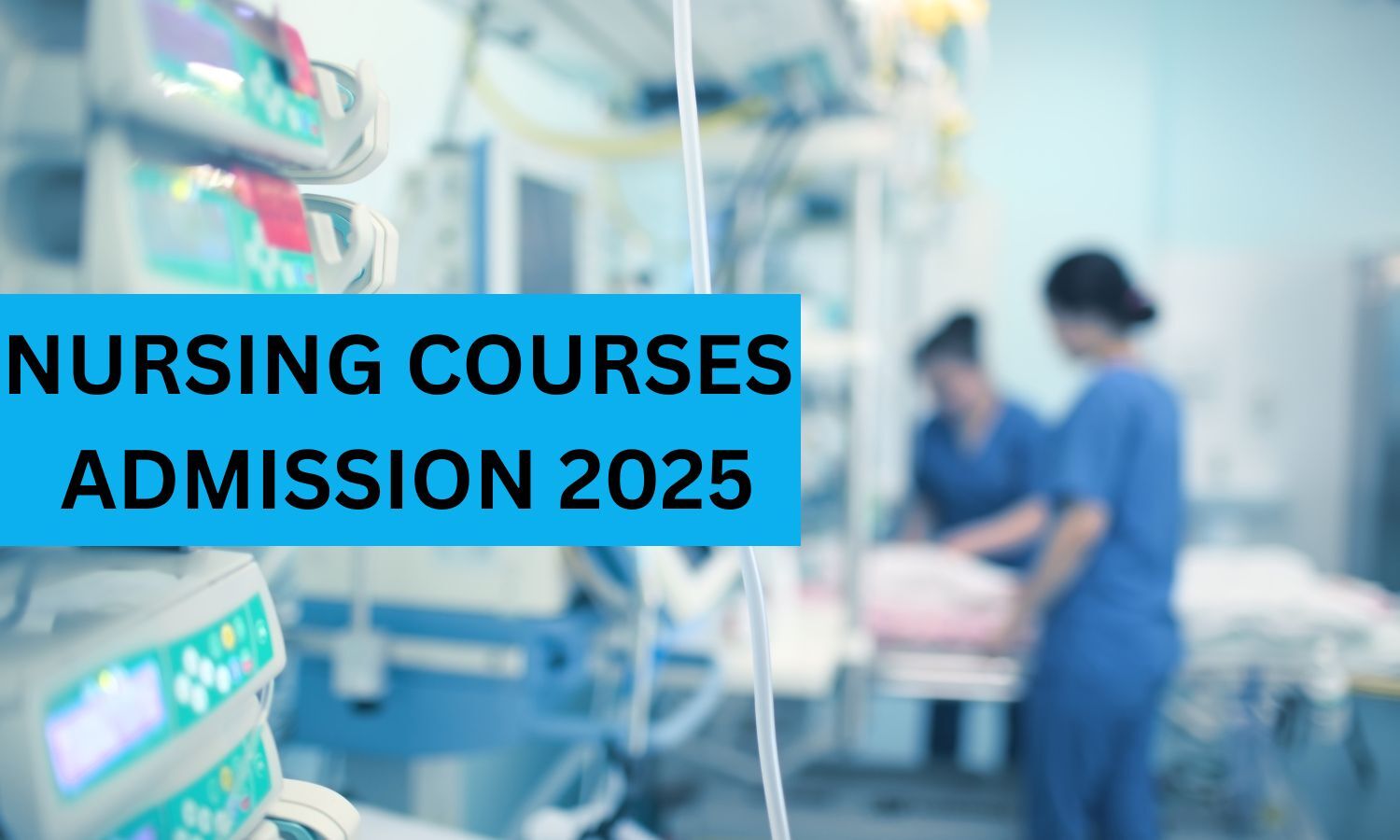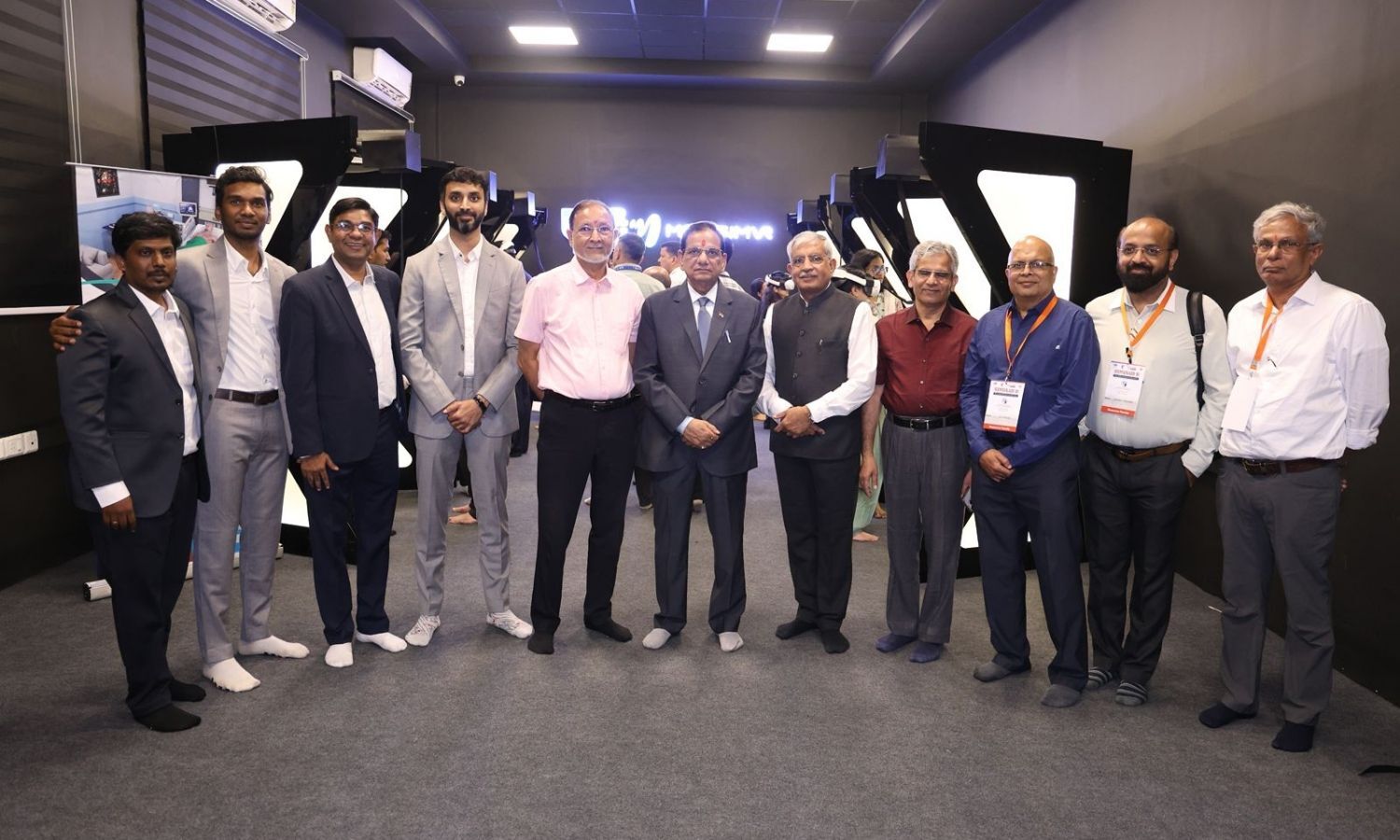September 22, 2025
3 min read
Key takeaways:
- A proposal to reorganize NIH into eight institutes faced initial rejections in House and Senate committees.
- Eye care organizations launched a campaign advocating for NEI to remain independent.
As federal lawmakers prepare the budget for fiscal year 2026, a White House proposal to combine the National Eye Institute with two other National Institutes of Health has faced initial setbacks.
The White House’s proposed budget for 2026 included a reorganization of the NIH that would merge its current institutes into eight, leaving only three existing institutes intact. The National Eye Institute would become part of a new National Institute on Neuroscience and Brain Research, merging with the current National Institute of Dental and Craniofacial Research and the National Institute of Neurological Disorders and Stroke.

As of Sept. 9, the proposal has been rejected by both House and Senate appropriations committees. The government faces a Sept. 30 deadline to pass a budget before a potential shutdown.
“As proposals to consolidate NEI into a broader neuroscience institute gained traction, the vision community has provided a clear, coordinated response to push back on these efforts and thank the House and Senate for rejecting this consolidation in each of their FY26 appropriations bills,” Dan Ignaszewski, executive director of the National Alliance for Eye and Vision Research (NAEVR) and Alliance for Eye and Vision Research (AEVR), told Healio.
The proposal drew criticism from several eye care organizations, which launched a campaign called #SeeWhatMatters to stress the importance of a dedicated institute for eye health. The campaign’s website highlights advancements against eye diseases made with NEI support and says a merger would threaten NEI’s “focused mission, dedicated funding and progress in preventing blindness.”
“The major advances in this field — optical coherence tomography, anti-VEGF agents, gene therapy, artificial intelligence-powered screening — have all been powered by NEI research,” Stephen D. McLeod, MD, CEO of the American Academy of Ophthalmology, told Healio. “We fear that losing independence would seriously compromise the NEI’s ability to lead vision-specific research, innovation and public health education efforts. We’re also concerned that disrupting NEI’s funding stream risks destabilizing ongoing research efforts and training pipelines.”
Combining NEI with other institutes “would risk diluting the unique focus on vision research, slowing progress on treatments and cures for blinding conditions, and undermining decades of progress,” Iris Rush, executive director of the Association for Research in Vision and Ophthalmology, told Healio.
The campaign against consolidation “is a matter of survival for the field of academic ophthalmology and the sight-saving science that depends on it,” Paul Sternberg Jr., MD, CEO of the Association of University Professors of Ophthalmology, told Healio.
Restructuring NIH
The HHS budget proposal that sought to consolidate the institutes was designed to advance President Donald J. Trump’s “goal of transforming the bureaucracy” and to “efficiently achieve our goal to Make America Healthy Again,” according to a budget brief.
“This restructuring will create efficiencies within NIH that will allow the agency to focus on true science and coordinate research to make the best use of federal funds,” the brief said.
Elements of the NIH reorganization, including the NEI merger, were previously raised by the House Committee on Energy and Commerce in 2024 as part of a framework for discussion about NIH reform.
The committee said there were “significant costs and complexities” in administering the current range of institutes and proposed a consolidation in order to “establish more coordinated overarching research goals” and “eliminate the demographic- or disease-specific siloed nature of the current structure,” according to the report.
Seeing what matters
The #SeeWhatMatters campaign has resulted in hundreds of letters being sent to representatives in Congress and thousands of shares and impressions on social media, according to NAEVR.
The campaign is planned to continue regardless of the outcome of NIH reform, “as vision research funding will be needed in perpetuity to stave off vision loss or, in ideal cases, find cures,” Judy Hill, communications and public affairs officer of NAEVR and AEVR, told Healio.
The “Protecting NEI Independence Coalition” includes the American Academy of Ophthalmology, American Academy of Optometry, Association for Research in Vision and Ophthalmology, Association of University Professors of Ophthalmology, and National Alliance for Eye and Vision Research/Alliance for Eye and Vision Research.
References:
For more information:
Judy Hill can be reached at judy@eyeresearch.org. Dan Ignaszewski can be reached at dan@eyeresearch.org. The American Academy of Ophthalmology can be reached at media@aao.org. Iris Rush can be reached at irush@arvo.org. Paul Sternberg Jr., MD, can be reached at paul.sternberg@vumc.org.










